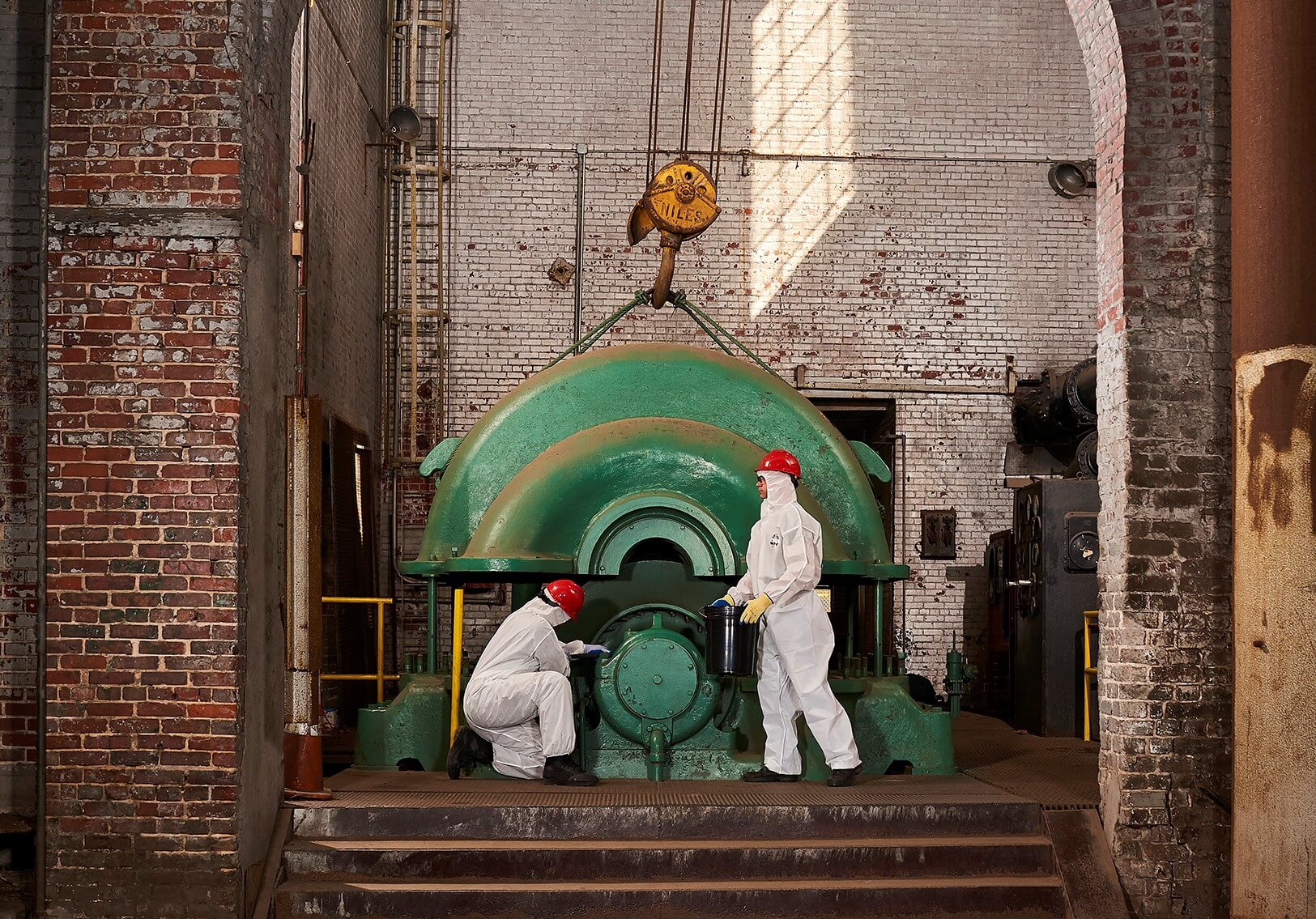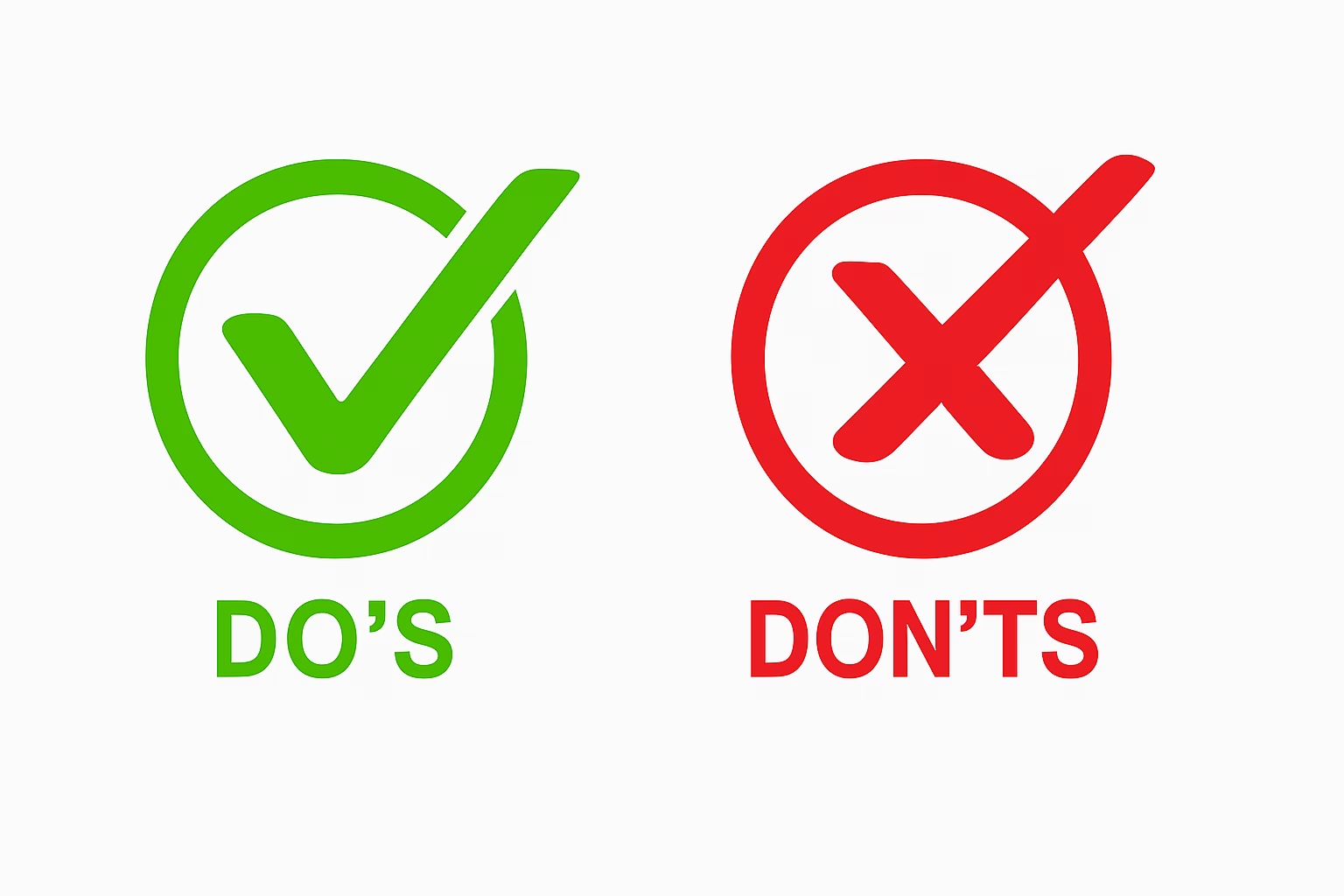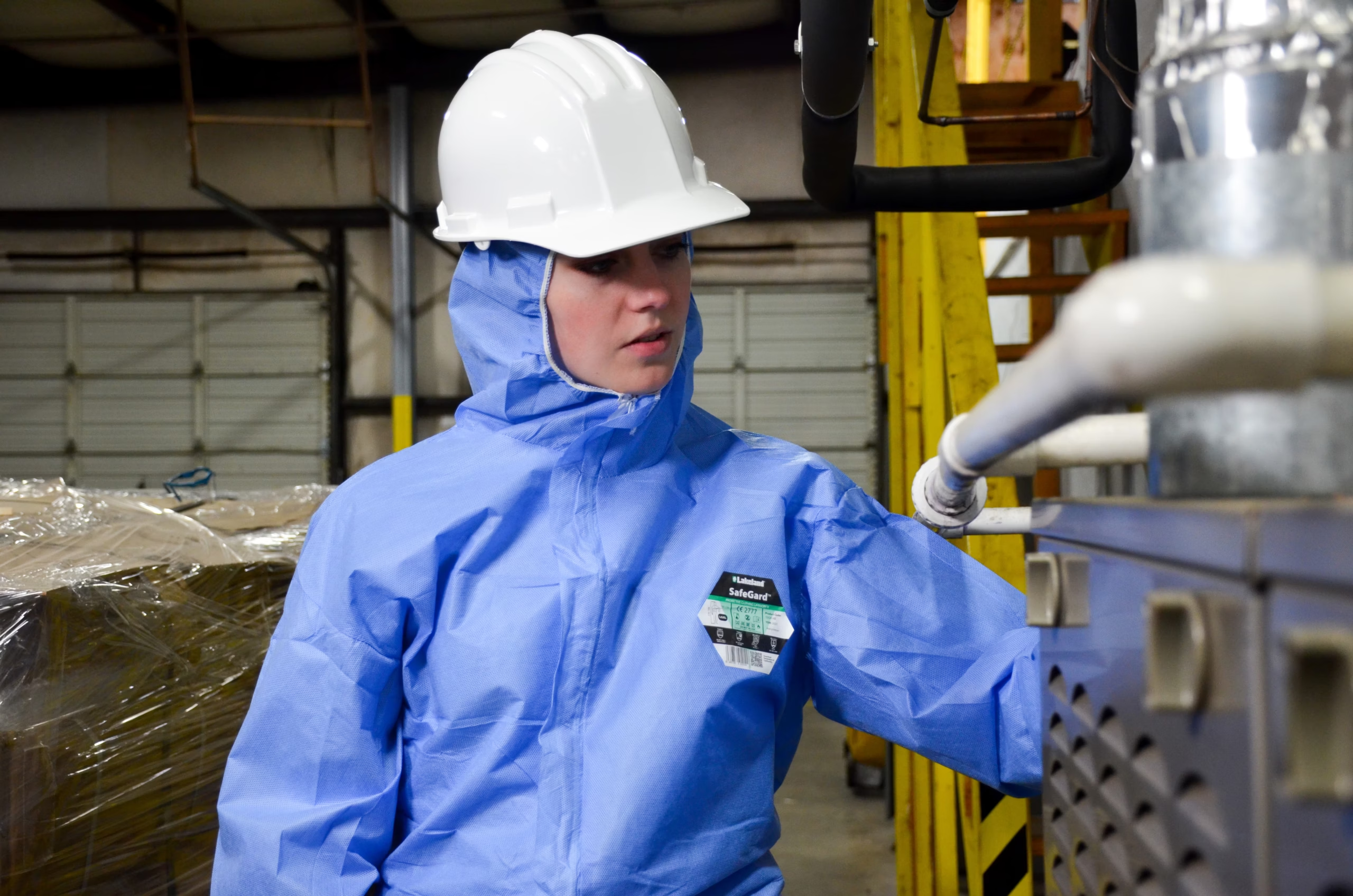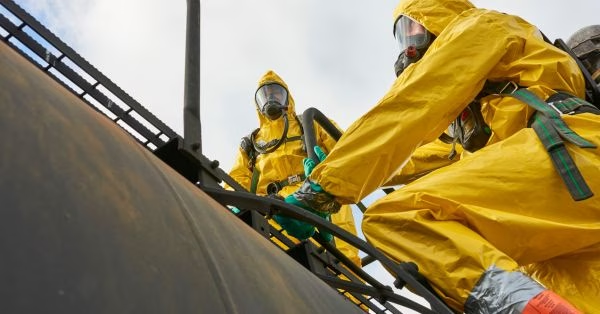The Health and Safety Executive (HSE) reveals that 31.2m working days were lost in the UK in 2017 due to work-related injuries and illness – and many of these injuries and illnesses could have been avoided with good health and safety practices. Losing working days not only has a knock-on effect on project timelines, but also employee morale and overall workforce productivity.
In the petrochemical industry, workplace injury and illness can be a lot more serious, and in some cases, life threatening, so safety managers must ensure that their workforce wears the right industrial PPE.
When it comes to the selection of industrial PPE, finding the right balance between comfort and protection is the main challenge for safety managers… and it’s always a compromise.
Uncomfortable PPE will reduce employee productivity and raise the risk of it being removed or altered to improve comfort.
In this blog, we’ll explore how safety managers in the petrochemical sector can gain benefits from achieving better PPE comfort.
Safety or comfort?
While highly protective garments will shield workers from hazardous chemicals, they may also inhibit movement and minimize breathability (and therefore comfort). On the other hand, while more comfortable PPE will be easier to move around in and use softer, breathable fabric, it’ll offer less protection in exchange.
For example, hot working environments might need breathable PPE, but if air can easily enter the suit, so can toxic chemical vapor – and chemicals will be absorbed faster as heat increases the evaporation rate.
Comfort without compromising protection
Industrial PPE selection must always prioritize safety and application – but to identify comfortable suits for the specific level of protection, there are factors safety managers should focus on:
1. Suit design
Some non-breathable garments will have design features – such as vents – to allow the circulation of air through a garment. Vents are designed to maximize protection and operate like a breathable suit, making them ideal for working in hot temperatures. Critical areas of our cool suits use the main protective fabric, and the rear breathable vent is protected by a covering flap of the main garment material.
2. Ergonomics
Even when a protective suit is light and breathable, if it does not fit well and allow for effective freedom of movement it will not be comfortable.
Consider the options – industrial PPE using slightly cheaper fabric but with an improved design will maximize protection and comfort.
3. Fabric
Fabric air permeability, weight, softness, drape and flexibility will all affect suit comfort, making it essential to consider more than just cost.
Some cheap garments use less protective fabric and/or un-ergonomic designs which are difficult to move in and offer little protection: while these suits may seem more affordable, they will prove to be more costly in the long term as employees remove them and are exposed to dangerous chemicals.
Uncomfortable PPE will also affect productivity and increase the number of rest breaks employees take to cool down and doff PPE. Ideally, safety managers want to keep productivity high by ensuring employees have comfortable and protective PPE in the first place!
What else can safety managers do?
Involving workers in the industrial PPE selection process is fundamental. Doing so will allow safety managers to find out exactly what PPE the workforce needs, including the hazards they are exposed to, as well as the comfort (or not) of the environment and existing PPE.
Using this information, safety managers can then make informed purchase decisions and get the most protective and comfortable PPE for the task at hand, as well as improve the relationship between the workforce and management.
Choosing the right PPE will improve productivity and reduce employee turnover
In the short term, higher worker comfort and protection will lead to increased productivity as they’ll be able to focus on the task at hand. Furthermore, if employees feel they are adequately protected they will trust the business more.
Longer term, providing employees with the right PPE will reduce interruptions and downtime, increase business profits (as employee productivity is increased) and improve employee retention.
It is worth taking the time to carefully assess available industrial PPE and consider paying a little more to maximize both protection and comfort. Doing so will not only have positive benefits for employee health and safety, it’ll also improve business profits and employee sentiment.




